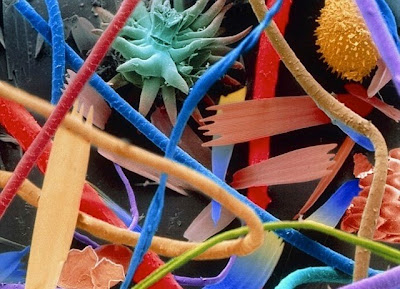Click image to enlarge
We like to believe in the United States of America that regionality and socioeconomics don’t separate us, that the American experience is the human experience. The only real difference between us may be an accent here or there and maybe a predilection for regional cuisines. Well, apparently tastes in pornography are just as much a regional dish as kringles, poi, and Cincinnati chili. Pornhub recently published a rundown of the three most popular (erotic) search terms per state, and FlowingData’s Nathan Yau converted them into a series of stark maps.More at FastCoDesign























